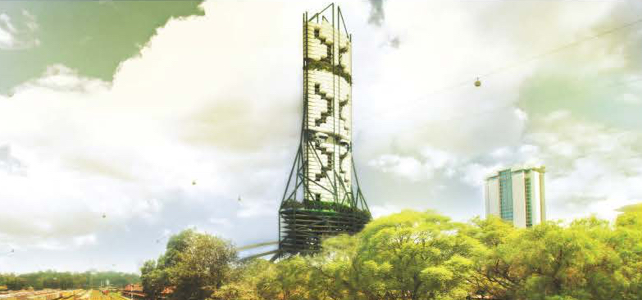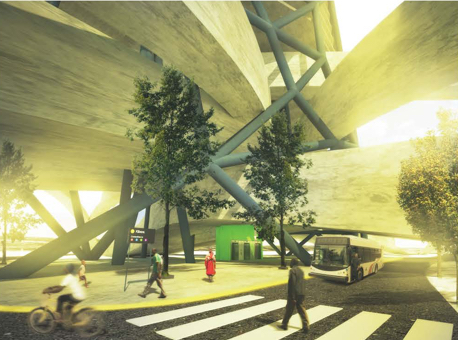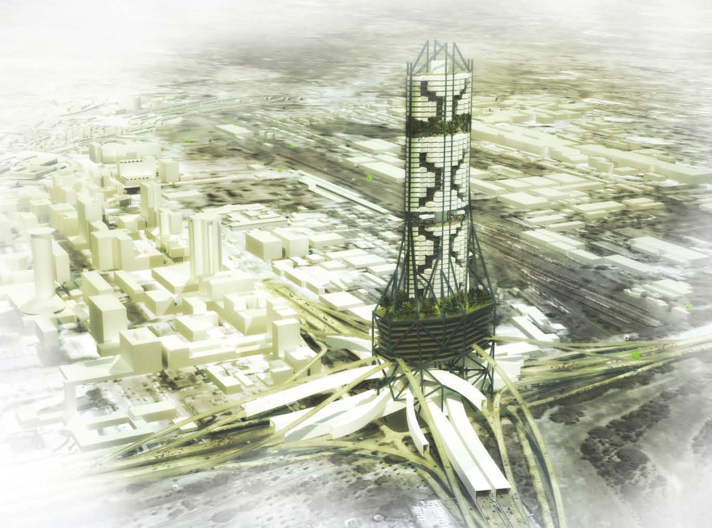
Kibera is the largest urban slum on the African continent. Housing up to one million people, Kibera sits approximately four miles from the central business district in Nairobi. The slum is plagued by a lack of clean water, basic utilities, and medical care. As such diseases due to poor hygiene are common. Many structures are sited on an unstable base of refuse, and are subject to collapse during regular flooding that occurs.
Project Location
Nairobi, Kenya
Project Type
Graduate School Studio
Modalities
Rhino, Grasshopper, Photoshop, InDesign
Rising above it all.
Looking at this host of issues, a central question started to arise: Could an architectural intervention serve as both housing and infrastructure? And could it address the need for housing, utilities, and proximity to the city, while simultaneously mitigating the chronic traffic congestion that plagues the city?


Getting There is Half the Battle.
For those that have work, their transportation into the city (via train, by foot, or by tuk-tuk) can take hours of their day. This is in large part to the traffic along the route into the city. Enormous roundabouts located throughout Nairobi are particular choke points, and are a perineal problem. There is a real need for clean, stable housing for the residents of Kibera – and housing that has good access to the jobs located in the city.
Two-Fold Intervention.
The response then was two-fold – First, create a high-rise housing tower for the residents of Kibera (mixed with high-end residences to promote economic thriving) above the maligned traffic circles themselves. Second, transform the traffic circles into a high-flow modern interchange.
In the future, similar towers would rise up above Nairobi’s other traffic circles, serving as much-needed functional infrastructure, and also as symbols of the city’s more humanitarian future.


